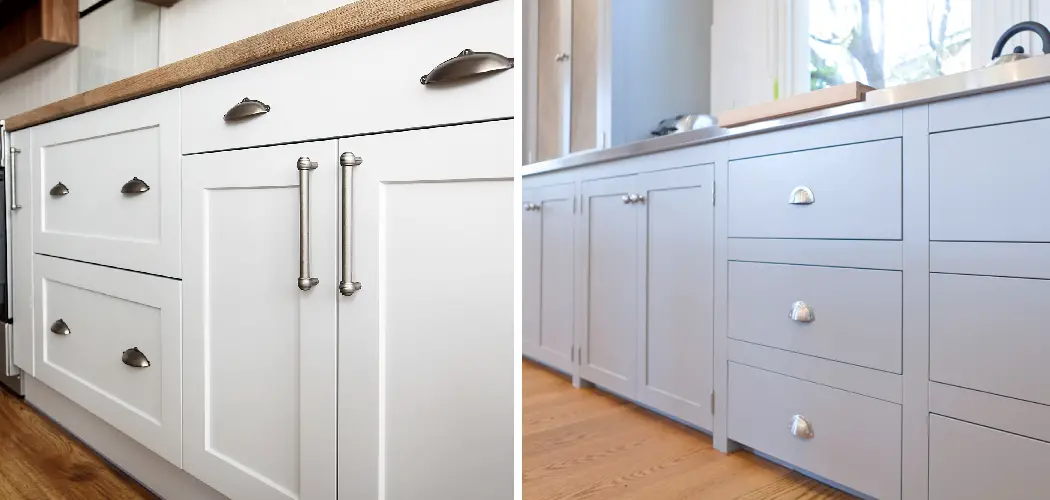Building face frame cabinets is a rewarding woodworking endeavor that combines craftsmanship with functionality. These cabinets, known for their classic appearance and robust construction, can add timeless elegance and storage solutions to any room. This article serves as your comprehensive guide to mastering the art of building face frame cabinets from scratch.
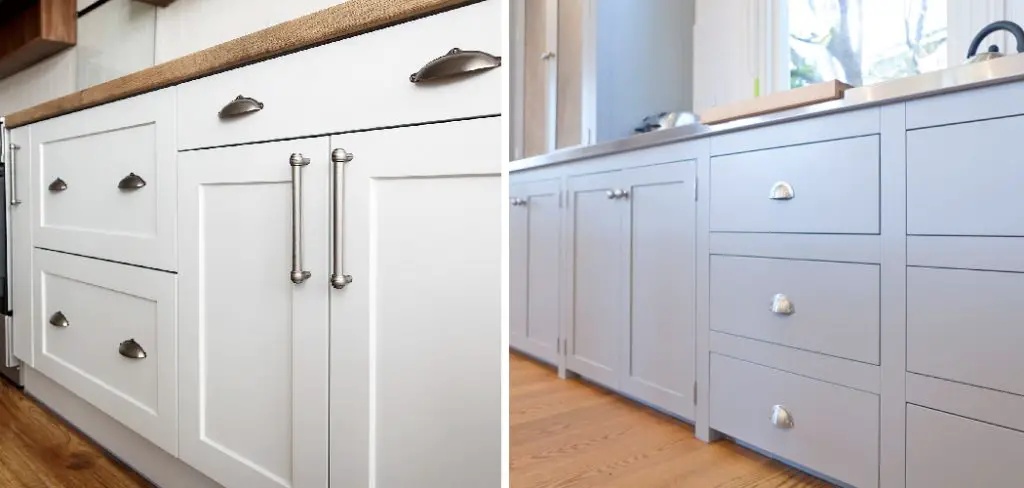
From selecting the right materials and tools to step-by-step construction techniques on how to build face frame cabinets, you’ll gain insights into every aspect of the process. Whether you’re a seasoned woodworker or a beginner eager to embark on a new project, this guide will walk you through the intricacies of creating cabinets that not only enhance your space but also showcase your woodworking skills.
With attention to detail and a commitment to precision, you’ll transform raw materials into beautifully crafted face frame cabinets that stand as a testament to your craftsmanship.
What Face Frame Cabinets and Their Traditional and Functional Appeal
Face frame cabinets are a popular choice for many kitchens and bathrooms due to their traditional style and usability. They provide structure and stability while still possessing the capability of being customized with different styles, colors, and materials.
Face frame cabinets also add extra space in comparison to other cabinet designs as they have an additional “face” that provides more storage shelves. This makes them ideal for both traditional and contemporary decor.
When it comes to the construction of face frame cabinets, the goal is to create a strong and sturdy frame that will support the weight of the cabinet doors and drawers. To do this, you’ll need solid materials like wood or metal, along with a reliable set of tools such as saws, drills, screws, and clamps. When constructing the frame, be sure to follow a few general guidelines:
- Measure twice and cut once. This will help you achieve precise measurements for your cabinet frames.
- Make sure all pieces fit together snugly and securely with no gaps or excess material.
- Use screws, nails, glue, or other fasteners to keep the pieces together.
- Use strong, reliable materials for the frame and cabinet hardware that can support the weight of the doors and drawers.
Definition and Purpose of Face Frames in Cabinet Construction
Face frames are the framing elements used to assemble cabinets. This strong structural component helps support the weight of your cabinetry while also providing a finished look. Assembling face frames requires attention to detail and careful measurements, but with practice anyone can build them quickly and accurately.

The purpose of a face frame is two-fold: firstly, the wood of the face frame provides a solid foundation for the cabinet’s doors and drawers. Secondly, it gives your cabinets an aesthetically pleasing look by hiding any gaps between cabinet components.
While there are many different types of materials that can be used to build face frames, wood is most commonly used due to its strength, versatility, and easy availability. Different styles of wood can be used to customize the appearance of your cabinets and give them a unique look.
When building face frames, it’s important to consider the size of the cabinet you are constructing. The face frame should fit snugly within the walls of the cabinet, allowing for enough space for drawers and doors to function properly. Additionally, it’s essential that all joints between components are strong and secure.
10 Steps How to Build Face Frame Cabinets
Step 1: Plan and Design Your Cabinets
Careful planning and design are crucial to the success of your face frame cabinet project. Consider the purpose of the cabinets and the specific needs of the space they will occupy. Are you building kitchen cabinets, bathroom storage, or a custom piece for a unique purpose?
Sketch out a detailed blueprint that includes measurements, dimensions, and the layout of shelves, drawers, and compartments. This plan will serve as your roadmap throughout the construction process, ensuring that your cabinets not only meet your functional requirements but also blend seamlessly with your overall interior design.
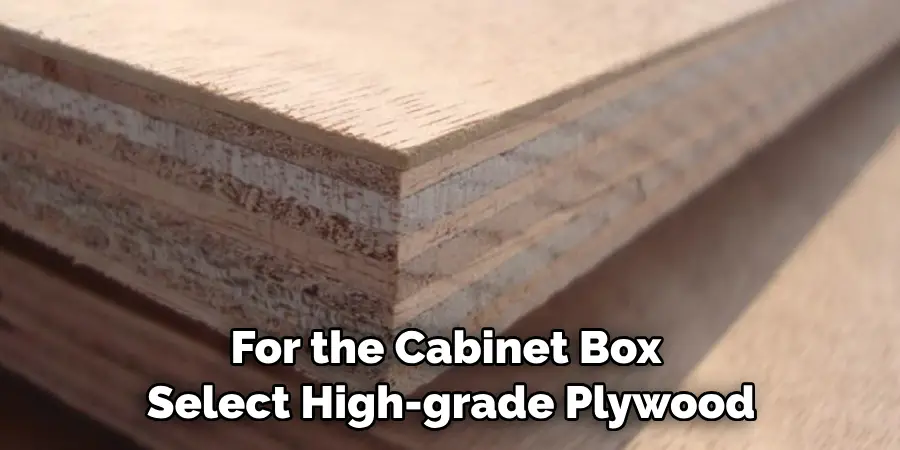
Step 2: Select High-Quality Materials
The quality of the materials you choose will significantly impact the durability, appearance, and longevity of your face frame cabinets. Opt for hardwood for the face frames, doors, and drawer fronts. Hardwoods like oak, maple, cherry, and walnut are popular choices due to their durability and attractive grain patterns.
For the cabinet box, select high-grade plywood that offers stability and resistance to warping. The combination of solid hardwood and plywood strikes a balance between aesthetic appeal and structural integrity, resulting in cabinets that are both beautiful and sturdy.
Step 3: Gather Essential Tools
Equipping yourself with the right tools is essential for a smooth construction process.
Some essential tools include a table saw for accurate cuts, a miter saw for precise angle cuts, a circular saw for sheet goods, a router for creating decorative edges, a doweling jig for strong joinery, clamps for holding pieces together during assembly, wood glue for secure bonds, chisels for fine adjustments, a drill for making holes, and various sanding tools for achieving a smooth finish.
Having the appropriate tools at your disposal ensures that you can execute each step of the construction process with precision and efficiency.
Step 4: Mill and Cut Materials
Accurate measurements and cuts are the foundation of well-constructed face frame cabinets. Use the table saw and miter saw to cut the hardwood components to the precise dimensions specified in your design plan.
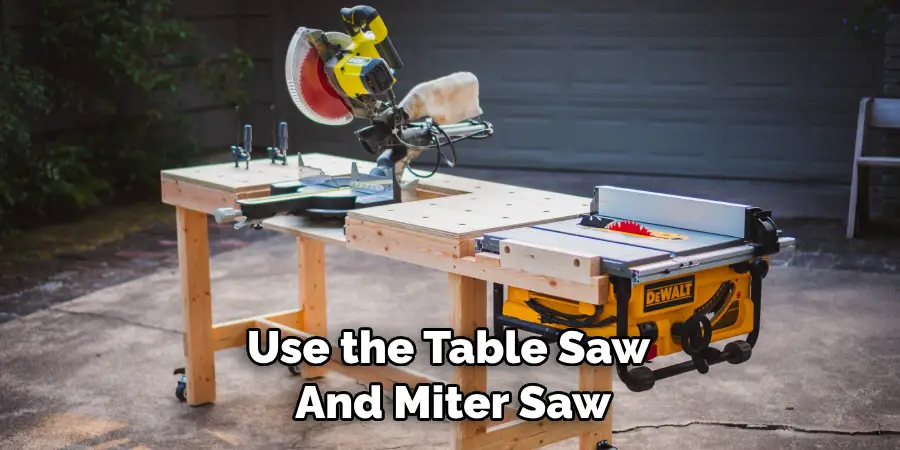
Consistency in the sizes of face frames, doors, and drawer fronts ensures that the cabinet pieces fit together seamlessly. Additionally, cutting the plywood panels accurately for the cabinet box guarantees that the cabinet will be square and structurally sound.
Step 5: Construct the Face Frames
The face frames are a defining feature of face frame cabinets, providing both aesthetics and structural support. Construct the face frames using traditional joinery methods such as mortise and tenon or dowel joints.
These joints create strong connections between the rails and stiles of the face frames. Assemble the face frames on a flat surface, ensuring that the corners are square and the joints are flush. Sand the surfaces smooth to prepare for finishing.
Step 6: Assemble the Cabinet Box
With the face frames constructed, it’s time to build the cabinet box. Use plywood panels to create the sides, back, top, and bottom of the cabinet. Utilize dado joints, dowel joints, or pocket screws to join the panels securely.
As you assemble the cabinet box, ensure that it remains square and level. Clamps can be invaluable in holding the pieces together during assembly, providing you with the precision needed for a well-aligned and stable structure.
Step 7: Install Cabinet Hardware
Before attaching the face frames, take the opportunity to install the necessary cabinet hardware. This includes hinges for the doors, drawer slides for the drawers, and knobs or pulls for both.
Follow manufacturer instructions for accurate placement and installation. Installing hardware at this stage ensures that your cabinet doors and drawers operate smoothly and align correctly within the face frames.
Step 8: Attach Face Frames
Now comes the moment when your cabinets begin to take shape visually. Carefully align the face frames with the cabinet box, ensuring that they are flush with the front edges. Apply wood glue to the joints and use clamps to secure the face frames in place.
Double-check that the frames are level and that the corners are square. The precision you apply during this step will contribute to the polished appearance of your finished cabinets.
Step 9: Create and Install Doors and Drawers
Crafting doors and drawers requires attention to detail to ensure they fit well and operate smoothly. Use appropriate joinery techniques such as tongue and groove or cope and stick for door frames.
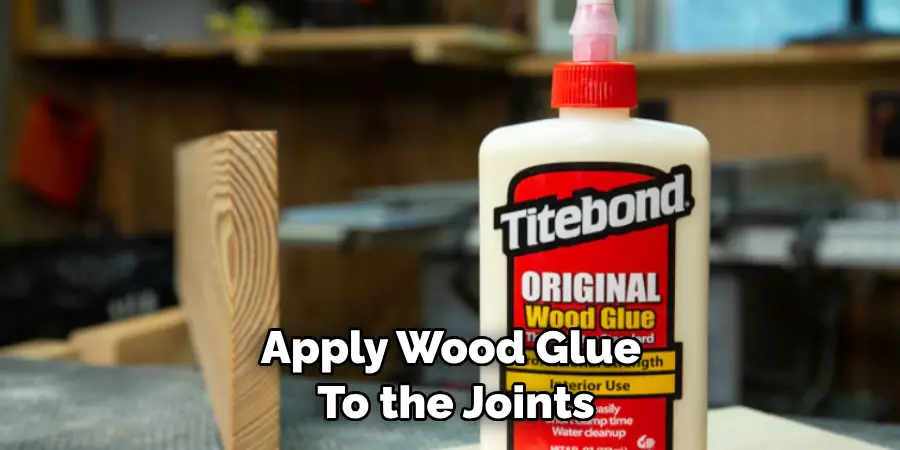
Construct drawers with strong joints like dovetail or box joints to withstand the weight of contents. Sand the surfaces and edges of the doors and drawers to achieve a smooth finish. Installing the doors and drawers within the face frames completes the visual aspect of your cabinets while providing functional storage solutions.
Step 10: Apply Finish and Hardware
The final touches of finish and hardware can elevate your face frame cabinets to a whole new level of elegance. Apply the chosen finish—whether stain or paint—using multiple thin coats. Sand between coats for a smooth and professional result.
Once the finish is dry, attach the selected hardware, such as knobs or pulls, to the doors and drawers. Ensure that the hardware is aligned correctly and securely fastened. These finishing details not only contribute to the visual appeal of your cabinets but also enhance their functionality.
Conclusion
All in all, building face frame cabinets is an excellent project that demonstrates how craftsmanship and ingenuity can both play a part in creating something beautiful.
You can customize these pieces to the style of your space, and if you ever get stumped along the way, don’t forget online tutorials and DIY manuals are always here to help. Despite it being a bit intimidating at first, take this chance to apply what you have learned and make the most out of your woodworking journey.
With a few tools and some carefully calculated measurements, you will be proud to show off your efforts when all is said and done. Get started today on your dream project – learning how to build face frame cabinets – and soon enough you will be able to masterpiece your very own creation!

